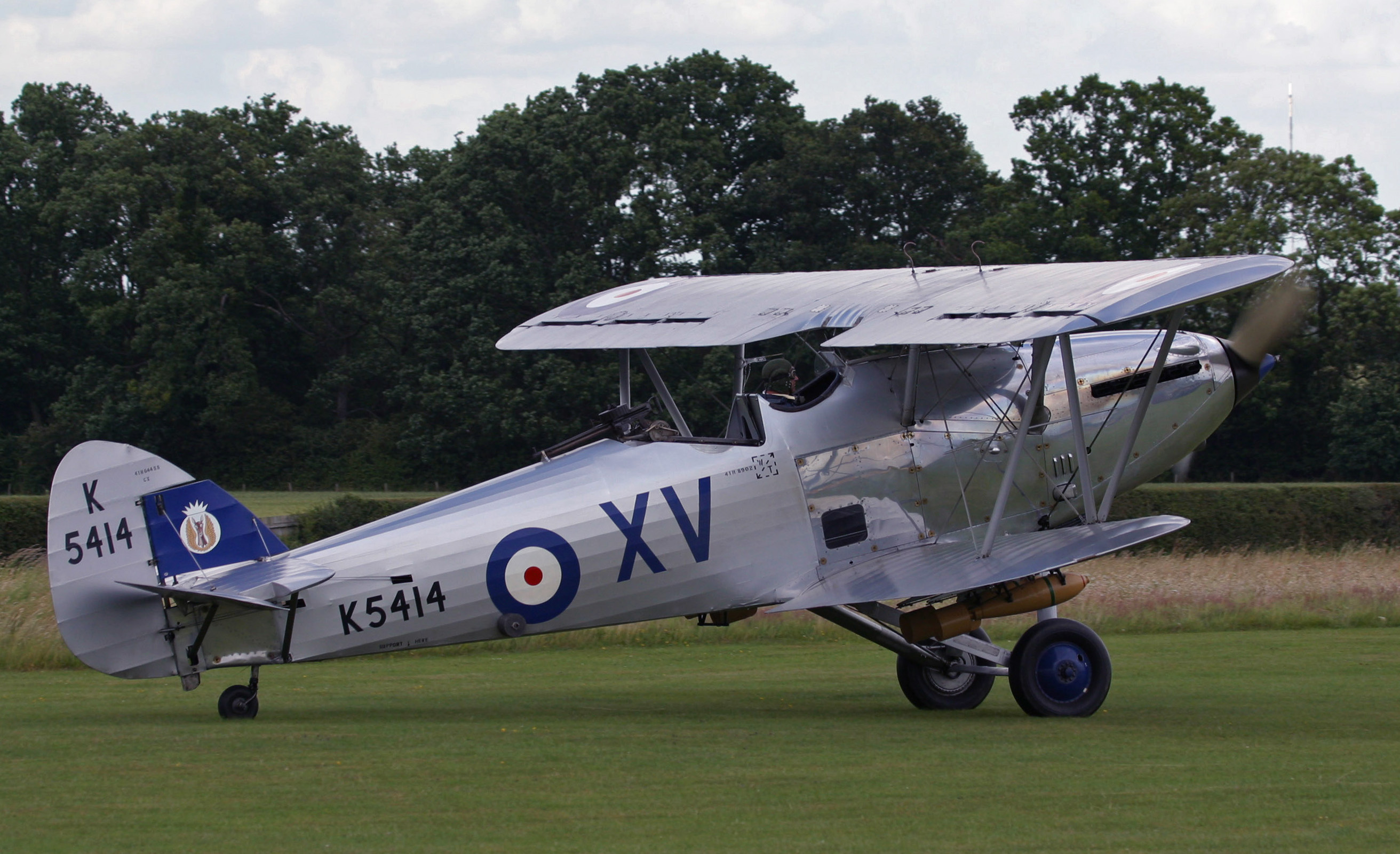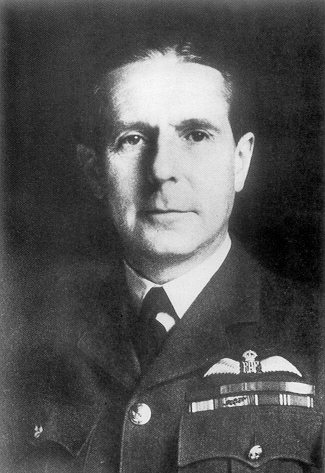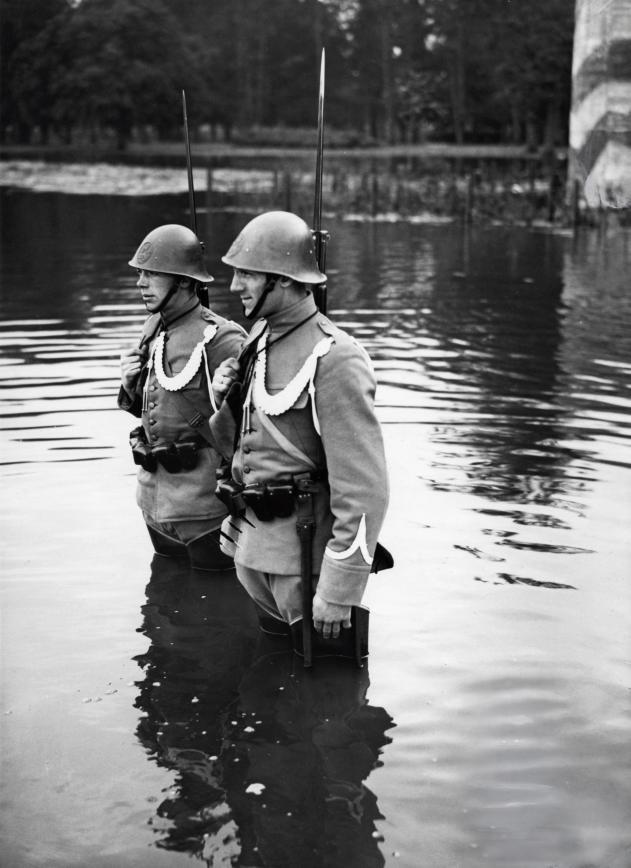|
No. 114 Squadron RAF
No. 114 Squadron was a squadron of the British Royal Air Force. It was first formed in India during the First World War, serving as a light bomber squadron during the Second World War and as a transport squadron post-war. It was last disbanded in 1971. History Formation and World War I No. 114 Squadron Royal Flying Corps was formed at Lahore, India in September 1917, by splitting off part of No. 31 Squadron, becoming part of the Royal Air Force on 1 April 1918. Equipped with the B.E.2, the squadron carried out patrol operations over the North-West Frontier, flying from Quetta, with a detachment at RAF Khormaksar, Aden."Historic Squadrons: 114 Squadron" . ''Royal Air Force''. Retrieved 3 August 2014. The squadron partly re-equipped with [...More Info...] [...Related Items...] OR: [Wikipedia] [Google] [Baidu] |
United Kingdom
The United Kingdom of Great Britain and Northern Ireland, commonly known as the United Kingdom (UK) or Britain, is a country in Europe, off the north-western coast of the European mainland, continental mainland. It comprises England, Scotland, Wales and Northern Ireland. The United Kingdom includes the island of Great Britain, the north-eastern part of the island of Ireland, and many List of islands of the United Kingdom, smaller islands within the British Isles. Northern Ireland shares Republic of Ireland–United Kingdom border, a land border with the Republic of Ireland; otherwise, the United Kingdom is surrounded by the Atlantic Ocean, the North Sea, the English Channel, the Celtic Sea and the Irish Sea. The total area of the United Kingdom is , with an estimated 2020 population of more than 67 million people. The United Kingdom has evolved from a series of annexations, unions and separations of constituent countries over several hundred years. The Treaty of Union between ... [...More Info...] [...Related Items...] OR: [Wikipedia] [Google] [Baidu] |
Hawker Hind
The Hawker Hind was a British light bomber of the inter-war years produced by Hawker Aircraft for the Royal Air Force. It was developed from the Hawker Hart day bomber introduced in 1931. Design and development An improved Hawker Hart bomber defined by Specification G.7/34, was purchased by the RAF as an interim aircraft, while more modern monoplane bombers such as the Fairey Battle were still in development. Structural elements were a mixture of steel and duralumin with the wings being fabric covered; the main differences compared to the earlier Hart was a new powerplant, (the Rolls-Royce Kestrel V) and the inclusion of refinements from the earlier derivatives such as the cut-down rear cockpit developed for the Demon. The prototype ( Serial number ''K2915'') was constructed very rapidly due to Hawker's development work for other proposals and made its first flight on 12 September 1934. A variety of changes were subsequently incorporated ("ram's horn" exhaust manifolds, Faire ... [...More Info...] [...Related Items...] OR: [Wikipedia] [Google] [Baidu] |
RAF Thornaby
Royal Air Force Thornaby or more simply RAF Thornaby was a former Royal Air Force Station located near the town of Thornaby-on-Tees, in the North Riding of Yorkshire, England. Fighter Command, Bomber Command and Coastal Command all operated from the base over its history, but its stint under Coastal Command is what the base was notable for, particularly in the air-sea rescue environment and the development of the ''Thornaby Bag''. This was an emergency bag dropped to downed aircrew at sea and contained food, cigarettes and drink. History The aerodrome was officially opened on 29 September 1929, although flying in Thornaby dates back to 1912 when Gustav Hamel used the Vale Farm for a flying display. Subsequently, the Royal Flying Corps used the same fields as a staging post between Catterick and Marske Aerodrome between 1914 and 1918.608 squadron and RAF Thornaby, E. W. Sockett In 1920, the government purchased of farm land from Thornaby Hall and developed the site. The ... [...More Info...] [...Related Items...] OR: [Wikipedia] [Google] [Baidu] |
RAF Coastal Command
RAF Coastal Command was a formation within the Royal Air Force (RAF). It was founded in 1936, when the RAF was restructured into Fighter, Bomber and Coastal Commands and played an important role during the Second World War. Maritime Aviation had been neglected in the inter-war period, due to disagreements between the Royal Navy (RN) and RAF over the ownership, roles and investment in maritime air power. The Admiralty's main concern until 1937 was the return of the Fleet Air Arm to the Royal Navy while the RAF prioritised the development of a bombing force to provide a deterrent. Coastal Command was referred to as the "Cinderella Service" by A V Alexander, the First Lord of the Admiralty in November 1940. Soon after RAF Coastal Area was elevated to Coastal Command, its headquarters moved from Lee-on-Solent to Northwood in northwest London. During the Second World War, Coastal Command's most important contribution was the protection of Allied convoys from attacks by the ... [...More Info...] [...Related Items...] OR: [Wikipedia] [Google] [Baidu] |
British Expeditionary Force (World War II)
The British Expeditionary Force (BEF) was the name of the contingent of the British Army sent to France in 1939 after Britain and France declared war on Nazi Germany on 3 September, beginning the Second World War. The BEF existed from 2 September 1939 when the BEF GHQ was formed until 31 May 1940, when GHQ closed down and its troops reverted to the command of Home Forces. During the 1930s, the British government had planned to deter war by abolishing the Ten Year Rule and rearming from the very low level of readiness of the early 1930s. The bulk of the extra money went to the Royal Navy and the Royal Air Force but plans were made to re-equip a small number of Army and Territorial Army divisions for service overseas. General Lord Gort was appointed to the command of the BEF on 3 September 1939 and the BEF began moving to France on 4 September 1939. The BEF assembled along the Belgian–French border. The BEF took their post to the left of the French First Army under the c ... [...More Info...] [...Related Items...] OR: [Wikipedia] [Google] [Baidu] |
Vraux
Vraux () is a commune in the Marne department in north-eastern France. See also *Communes of the Marne department The following is a list of the 613 communes in the French department of Marne. The communes cooperate in the following intercommunalities (as of 2020):Communes of Marne (department) {{Marne-geo-stub ... [...More Info...] [...Related Items...] OR: [Wikipedia] [Google] [Baidu] |
Battle Of The Netherlands
The German invasion of the Netherlands ( nl, Duitse aanval op Nederland), otherwise known as the Battle of the Netherlands ( nl, Slag om Nederland), was a military campaign part of Case Yellow (german: Fall Gelb), the Nazi German invasion of the Low Countries (Belgium, Luxembourg, and the Netherlands) and France during World War II. The battle lasted from 10 May 1940 until the surrender of the main Dutch forces on 14 May. Dutch troops in the province of Zeeland continued to resist the '' Wehrmacht'' until 17 May when Germany completed its occupation of the whole country. The invasion of the Netherlands saw some of the earliest mass paratroop drops, to occupy tactical points and assist the advance of ground troops. The German '' Luftwaffe'' used paratroopers in the capture of several airfields in the vicinity of Rotterdam and The Hague, helping to quickly overrun the country and immobilise Dutch forces. After the devastating Nazi bombing of Rotterdam by the ''Luftwaffe ... [...More Info...] [...Related Items...] OR: [Wikipedia] [Google] [Baidu] |
Battle Of Belgium
The invasion of Belgium or Belgian campaign (10–28 May 1940), often referred to within Belgium as the 18 Days' Campaign (french: Campagne des 18 jours, nl, Achttiendaagse Veldtocht), formed part of the greater Battle of France, an offensive campaign by Germany during the Second World War. It took place over 18 days in May 1940 and ended with the German occupation of Belgium following the surrender of the Belgian Army. On 10 May 1940, Germany invaded Luxembourg, the Netherlands, and Belgium under the operational plan ''Fall Gelb'' (Case Yellow). The Allied armies attempted to halt the German Army in Belgium, believing it to be the main German thrust. After the French had fully committed the best of the Allied armies to Belgium between 10 and 12 May, the Germans enacted the second phase of their operation, a break-through, or sickle cut, through the Ardennes, and advanced toward the English Channel. The German Army ('' Heer'') reached the Channel after five days, encircling ... [...More Info...] [...Related Items...] OR: [Wikipedia] [Google] [Baidu] |
RAF Advanced Air Striking Force
The RAF Advanced Air Striking Force (AASF) comprised the light bombers of 1 Group RAF Bomber Command, which took part in the Battle of France during the Second World War. Before hostilities began, it had been agreed between the United Kingdom and France that in case of war, the short-range aircraft of Bomber Command would move to French airfields to operate against targets in Nazi Germany. The AASF was formed on 24 August 1939 from the ten squadrons of Fairey Battle light bombers of 1 Group under the command of Air Vice-Marshal Patrick Playfair and was dispatched to airfields in the Rheims area on 2 September 1939. The AASF was answerable to the Air Ministry and independent of the British Expeditionary Force. For unity of command, the AASF and the Air Component of the BEF (Air Vice-Marshal Charles Blount), came under the command of British Air Forces in France (Air Vice-Marshal Arthur Barratt) on 15 January 1940. Using the bombers for attacks on strategic targets in Germany wa ... [...More Info...] [...Related Items...] OR: [Wikipedia] [Google] [Baidu] |
Ruhr
The Ruhr ( ; german: Ruhrgebiet , also ''Ruhrpott'' ), also referred to as the Ruhr area, sometimes Ruhr district, Ruhr region, or Ruhr valley, is a polycentric urban area in North Rhine-Westphalia, Germany. With a population density of 2,800/km2 and a population of over 5 million (2017), it is the largest urban area in Germany. It consists of several large cities bordered by the rivers Ruhr to the south, Rhine to the west, and Lippe to the north. In the southwest it borders the Bergisches Land. It is considered part of the larger Rhine-Ruhr metropolitan region of more than 10 million people, which is the third largest in Europe, behind only London and Paris. The Ruhr cities are, from west to east: Duisburg, Oberhausen, Bottrop, Mülheim an der Ruhr, Essen, Gelsenkirchen, Bochum, Herne, Hagen, Dortmund, Lünen, Bergkamen, Hamm and the districts of Wesel, Recklinghausen, Unna and Ennepe-Ruhr-Kreis. The most populous cities are Dortmund (with a population of approx ... [...More Info...] [...Related Items...] OR: [Wikipedia] [Google] [Baidu] |
Hawker Audax
The Hawker Hart is a British two-seater biplane light bomber aircraft that saw service with the Royal Air Force (RAF). It was designed during the 1920s by Sydney Camm and manufactured by Hawker Aircraft. The Hart was a prominent British aircraft in the inter-war period, but was obsolete and already side-lined for newer monoplane aircraft designs by the start of the Second World War, playing only minor roles in the conflict before being retired. Several major variants of the Hart were developed, including a navalised version for the Royal Navy's aircraft carriers. Beyond Britain, the Hart would be operated by a number of foreign nations, including Sweden, Yugoslavia, Estonia, South Africa, and Canada. Design and development In 1926, the Air Ministry stated a requirement for a two-seat high-performance light day-bomber, to be of all-metal construction and with a maximum speed of 160 mph (258 km/h). Designs were tendered by Hawker, Avro and de Havilland. Fairey, wh ... [...More Info...] [...Related Items...] OR: [Wikipedia] [Google] [Baidu] |
Monoplane
A monoplane is a fixed-wing aircraft configuration with a single mainplane, in contrast to a biplane or other types of multiplanes, which have multiple planes. A monoplane has inherently the highest efficiency and lowest drag of any wing configuration and is the simplest to build. However, during the early years of flight, these advantages were offset by its greater weight and lower manoeuvrability, making it relatively rare until the 1930s. Since then, the monoplane has been the most common form for a fixed-wing aircraft. Characteristics Support and weight The inherent efficiency of the monoplane is best achieved in the cantilever wing, which carries all structural forces internally. However, to fly at practical speeds the wing must be made thin, which requires a heavy structure to make it strong and stiff enough. External bracing can be used to improve structural efficiency, reducing weight and cost. For a wing of a given size, the weight reduction allows it to fly slower a ... [...More Info...] [...Related Items...] OR: [Wikipedia] [Google] [Baidu] |






_in_France_1939-1940_C76.jpg)


